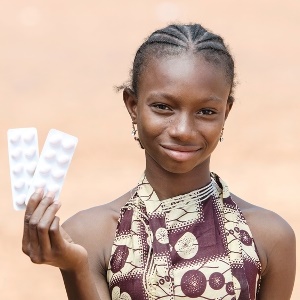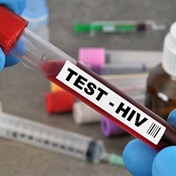
More moms in southern and eastern Africa are getting essential HIV medication to stop the virus infecting their babies, according to a new report published (12 July) by the Joint United Nations Programme on HIV/Aids (UNAIDS).
Dramatic progress
Since 2010 there has been a massive 66% drop in new HIV infections among children in eastern and southern Africa with an estimated 56 000 occurring in 2015. This “impressive decline” is largely thanks to “the rapid increase in coverage of services for prevention of mother-to-child transmission [PMTCT] from 61% in 2010 to 90% in 2015”.
The “Prevention gap report” identifies trends in new HIV infections around the globe and shows that while new infections among adults have stopped declining, infections among children have dropped by over 70% since 2001.
Read: What drove women to lie in an HIV clinical trial in southern Africa
PMTCT includes a range of services to reduce the risk of transmission from a mother to her baby – primarily providing her with effective antiretroviral therapy.
According to South Africa’s National Institute for Communicable Diseases, the country has made dramatic progress with its PMTCT programme, which started in 2004. At that time over 20 percent of babies born to HIV positive mothers became infected. But, by 2014 this figure had plummeted to 1.8 percent.
Although the region (eastern and southern Africa) is home to 6.2% of the world’s population, it contains half the planet’s people living with HIV. According to the report, 46% of new HIV infections in 2015 occurred in the region – with South Africa alone responsible for almost half of these.
'Sounding the alarm'
Young women in particular are at a high risk of HIV-infection due to a combination of gender-inequality, stigma and high rates of transactional sex.
Read: Sex workers remain essential to meeting new HIV targets
The report noted that “with committed efforts” the region stands a chance of reaching the UNAIDS targets for 2020 amongst children, with 90 percent tested, 90 percent on treatment and 90 percent achieving virological suppression (when the amount of virus in the blood declines to undetectable levels). But, “adult infections are not declining fast enough” to reach these goals in time.
“We are sounding the alarm,” said UNAIDS executive director Michel Sidibe in a press release. “If there is a resurgence in new HIV infections now, the epidemic will become impossible to control.”
The organisation also noted that reaching adolescent girls and young women, “especially in sub-Saharan Africa, will be a key factor in ending the Aids epidemic”. – Health-e News.
Read more:
Risk factors for HIV infection




 Publications
Publications
 Partners
Partners











